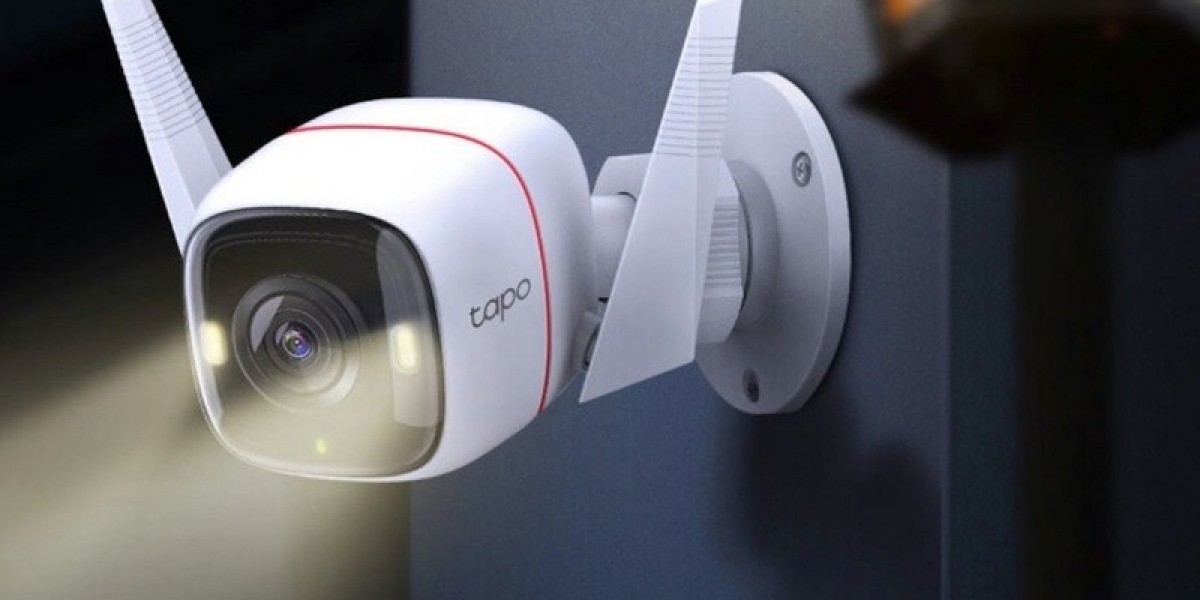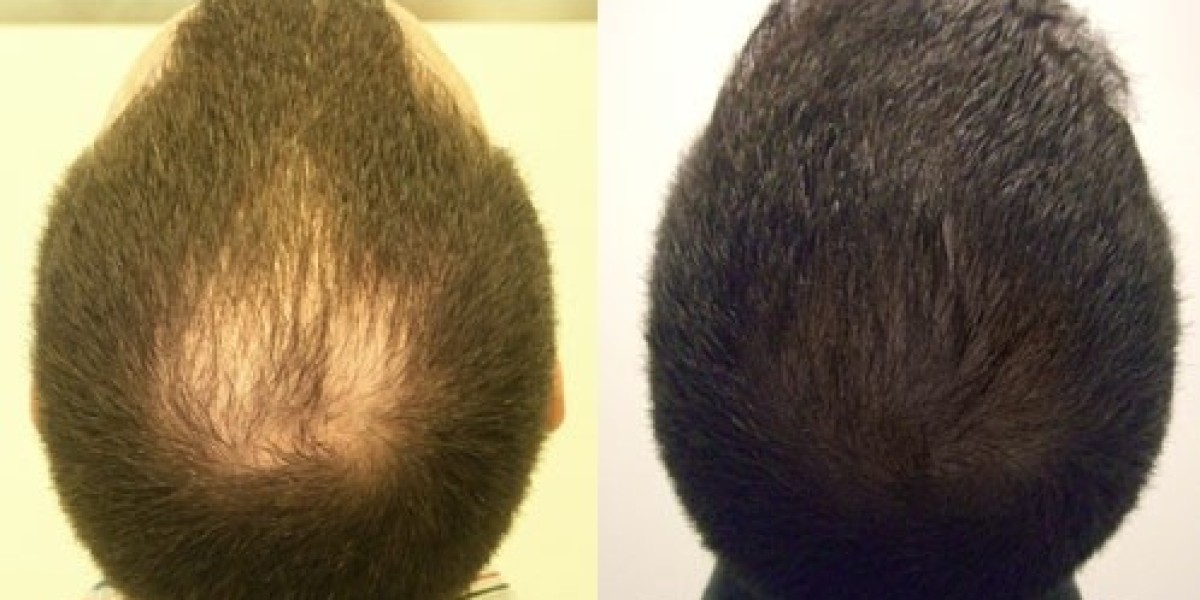Installing CCTV cameras is an essential step toward enhancing the security of your home or business. However, the effectiveness of your surveillance system largely depends on where you position your cameras. In this guide, we’ll explore key factors to consider when choosing the best locations for your CCTV cameras, with insights from Pennine Plus, a trusted provider of CCTV camera installation company services.
1. Identify Key Areas to Monitor
Begin by assessing your property to identify critical areas that require monitoring. Common locations include:
- Entrances and Exits: Front and back doors are prime spots for cameras to capture anyone entering or leaving your property.
- Driveways and Parking Lots: Positioning cameras to monitor vehicles can help prevent theft and vandalism.
- Blind Spots: Look for areas that may be hidden from view, such as corners of buildings or dense landscaping, and ensure these are covered by cameras.
- High-Value Areas: If you have specific locations with valuable assets, such as safes or inventory, ensure these are adequately monitored.
2. Consider Camera Types
Different types of CCTV cameras serve different purposes. For instance:
- Dome Cameras: Ideal for indoor spaces, they are less intrusive and can blend in with the environment.
- Bullet Cameras: These are more visible and can be used outdoors to deter potential intruders.
- PTZ Cameras: Offering pan-tilt-zoom functionality, these are perfect for covering larger areas and can be adjusted to focus on specific events.
Understanding the characteristics of each camera type will help you determine the best locations based on their strengths.
3. Optimal Height and Angle
When positioning your cameras, height and angle are crucial:
- Height: Mount cameras at least 8 to 10 feet off the ground to prevent tampering and ensure a broad view. Avoid placing them too high, which can reduce their effectiveness in capturing details.
- Angle: Cameras should be angled to cover as much area as possible while also focusing on critical points of entry. Use a combination of fixed and movable cameras to maximize coverage.
4. Lighting Considerations
Effective surveillance requires good lighting. Ensure your cameras are positioned in well-lit areas for daytime use, and consider models with night vision capabilities for low-light conditions. Avoid placing cameras directly facing bright lights or sunlight, as this can cause glare and hinder visibility.
5. Avoid Obstructions
Ensure that the line of sight for each camera is clear of obstructions such as trees, signs, or buildings. Regularly assess the area to ensure that growth or changes do not block the camera’s view over time.
6. Consult Professionals
While DIY installations may seem tempting, consulting a professional service like Pennine Plus can provide valuable expertise. Our experienced team can assess your property, recommend optimal camera placements, and ensure that your system is set up for maximum effectiveness.
Conclusion
Choosing the best locations for your CCTV cameras is a vital step in securing your property. By considering key areas to monitor, camera types, height and angle, lighting conditions, and potential obstructions, you can significantly enhance the effectiveness of your surveillance system. For personalized advice and expert installation, contact Pennine plus today. Let us help you create a comprehensive security solution tailored to your specific needs!








